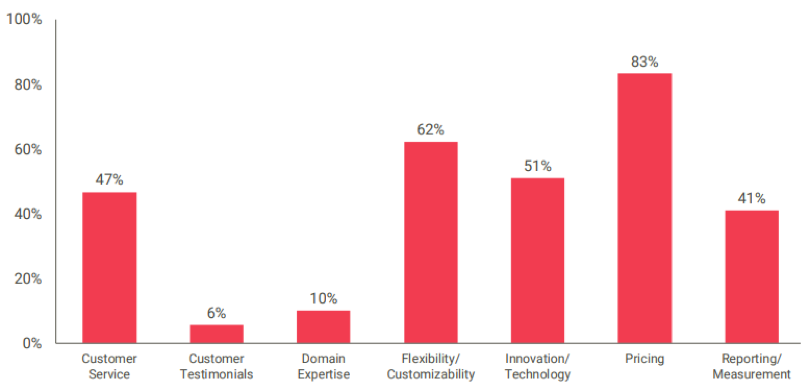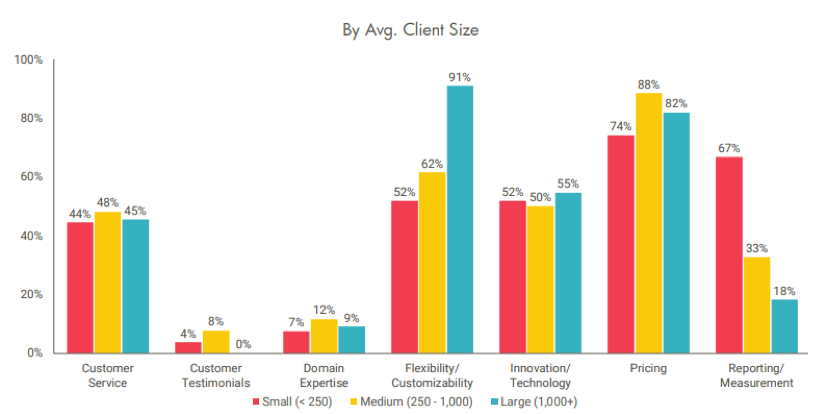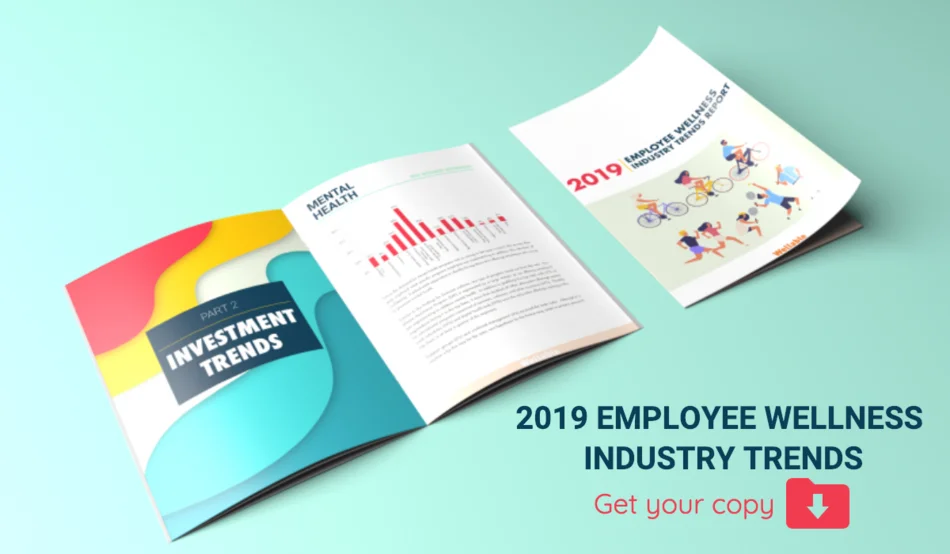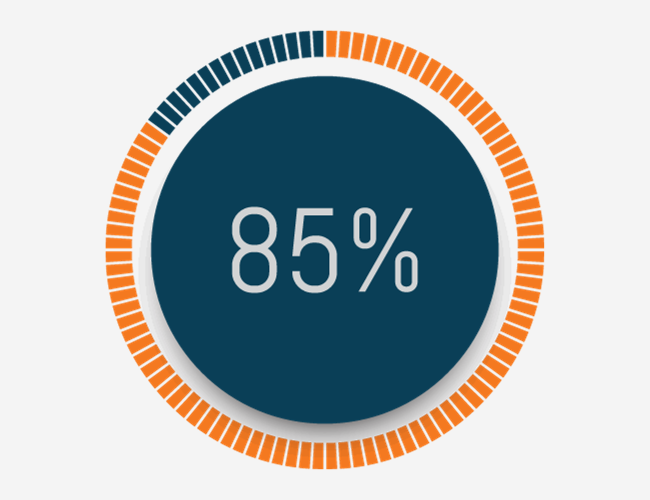As the economy continues to show strength and with unemployment at its lowest point in years, finding and retaining quality employees is becoming more challenging. As a result, employers are expanding employee benefits, including health and wellness programs, to help their employees thrive and want to show up for work every day. To better understand the wellness strategy companies are implementing this year, Wellable surveyed health insurance brokers each year and published the findings in our annual Employee Wellness Industry Trends Reports. As trusted advisors to employers, the survey respondents reflect the opinions of thousands of companies and millions of employees. Employers and brokers can use the report to make better benefits decisions to ensure they are creating competitive corporate wellness programs to address the needs of current and prospective employees.
One of the areas researched in the report was vendor evaluation. The surveys explored the main criteria employers use when evaluating wellness program vendors by asking “What are your top criteria when evaluating wellness vendors (choose top 3)?” The 2019 report’s responses to the question are found in the chart below. Based on the survey results, two things are clear: (i) pricing is and remains the top criteria and (ii) customer testimonials and domain expertise don’t really matter that much. Eighty-three percent of brokers felt pricing was a top three criteria when evaluating vendors, but very few felt customer testimonials and domain expertise were a top three consideration. The remaining criteria, which include customer service, flexibility, technology, and reporting, were effectively equally considered.

Employer size did change the importance of these criteria. Medium-sized businesses seem to be most price-sensitive, while brokers of large employers value flexibility/customizability and technology more. Finding corporate wellness platforms that can accommodate the organization’s unique needs is essential for larger companies that have the budget and are more mature in their wellness programming. Customer service seems to be equally important to employers regardless of their size.

Biometric Screening And HRAs Falling From Grace
In addition to vendor evaluation criteria, the report also explored investment trends (where employers are investing their wellness budgets) as well as decision influencers (what factors employers consider the most when making benefits decisions). A notable trend the reports show is the decline in popularity in biometric screening. In 2018, 19% of respondents reported investing less in biometric screening solutions. This number increased to 29% in 2019.
Similarly, companies are moving away from offering Health Risk Assessments (HRAs). In 2018, 25% of brokers reported that their clients are investing less in HRA solutions. This number increased to 27% in 2019. The number of brokers investing more decreased from 23% in 2018 to 21% in 2019. These two trends make sense, as research has repeatedly shown that biometric screening and HRAs do not improve employee health nor cutting down health care cost.













